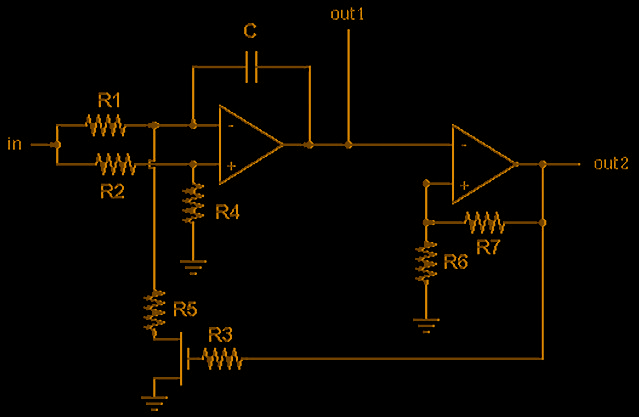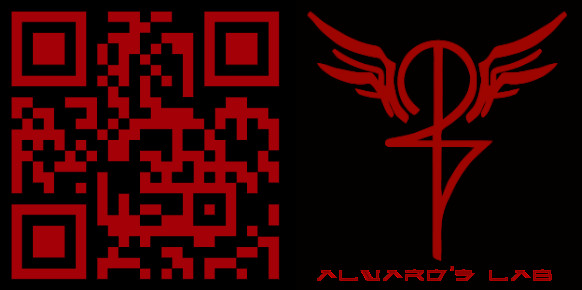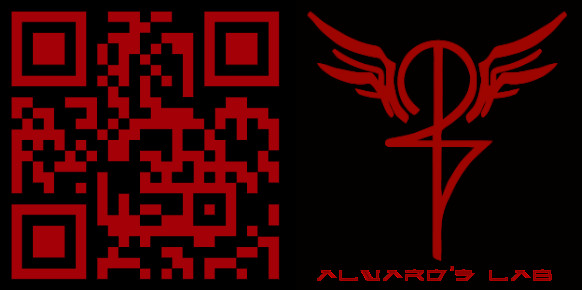Oscillators are a fundamental building block of synthesis, they are responsible for generating the raw audio signals that are then processed and shaped to create sound. In the realm of analog synthesis, oscillators are typically controlled using Control Voltage (CV) and Gate signals.
CV is a method of controlling the pitch of an oscillator by sending a varying voltage signal to the oscillator’s input. This voltage signal is typically generated by a keyboard or other controller, and it’s used to control the frequency of the oscillator.

The voltage level sent to the oscillator corresponds to a specific pitch. For example, a voltage level of 0V might correspond to a pitch of C3, while a voltage level of 1V might correspond to a pitch of C4.
CV is often used in conjunction with a Gate signal, which is a binary signal that is used to turn the oscillator on and off. When a gate signal is present, the oscillator will produce a sound, and when the gate signal is absent, the oscillator will stop producing sound.
This allows for precise control over the pitch and duration of notes, making it possible to create complex melodies and rhythms.
It’s worth noting that CV and gate are not digital signals, they are analog, this is one of the main differences between an analog and digital synth. This allows for a more organic, warm and ‘imperfect’ sound.
Additionally, depending on the synth, the CV and gate signals may be sent via 1/8 or 1/4 inch cables, or via a standard MIDI connection.



